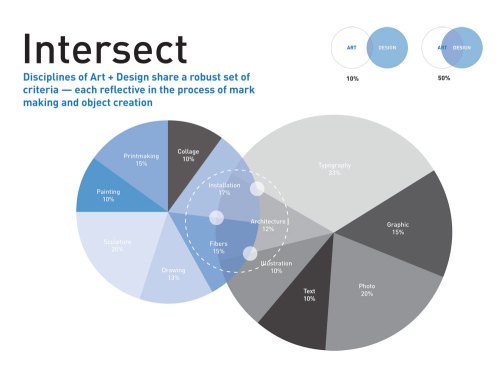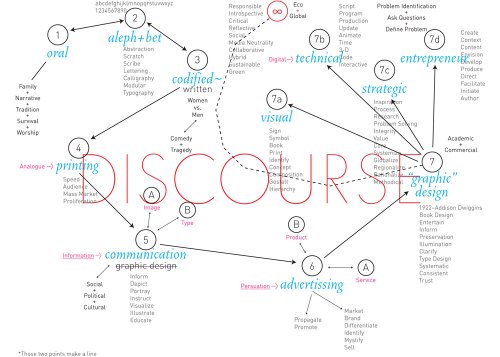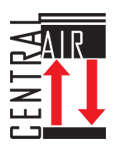Sample Syllabus
Course Description
Publishing is a direct form of graphic expression. Its primary concern is words and the form they take—on a page, a collection of pages or a computer screen—and how that form contributes to the meaning of those words.
Today, many designers are initiating their own projects, wielding their visual skills and knowledge of the publishing industry to become their own producers. These designers are at the forefront of the indie publishing movement. The designer as publisher is in a unique position to unify text, imagery, layout, and final production into a whole that is greater than its parts.
Every book has been put together by creative people who have paid attention to every aspect of its making, from the size of the pages to the design of the cover to the choice of the binding and paper. Book design is an art form. There is a long tradition of book making, the book design process is closely intertwined with production and manufacturing—how your book is physically constructed. This class will examine basic principles of sequence, page design, typography, and cover design. As you begin the design process, you will also need to keep in mind how your book will be made.
In this course, the act of publishing works is examined from the perspective of a variety of visual systems. Typographic systems, design theory, principles of composition; alternative publishing methods will be explored through reading, research, writing exercises, formal projects, workshops, and design production. Sequential studies will follow the design process: problem-solving through exploration, experimentation, selection, critique, and refinement.
Words, phrases, and bodies of text will be manipulated to develop an understanding of how layout, hierarchy, and compositional principles effect readability and legibility – and ultimately the creation and conveyance of meaning. Along the way, craft, presentation and research skills will be refined. The primary goal of the class is to develop students’ confidence and abilities with publishing as communicative medium, an informational system, and as contemporary mode of visual expression.
Organization
This class is organized into three sections of development:
I. Contents: research / writing / design
II. Contrast: objective / construction / composition
III. Context: physical / analogue / digital
Assignments for this class will include textbook readings, research from additional sources, analysis and critique of ‘found’ design, and—of course—studio design production. Studio assignments will involve some handwork, to train the eye and the hand; and digital typographic design and illustration using (primarily) InDesign; supplemented with Illustrator and Photoshop.
In addition to the process of design and the act of making, this course will utilize and develop content for online publishing applications. The class will create a flickr group to post work and provide critical comments on classmates work. Flickr photostreams will be added to blogging software to promote and share the sequential work developed in class. Issuu.com offers the potential to embed its viewer in blogging software. You will be responsible for posting work to a predetermined class blog (discussed and chose by entire class). You will be expected to utilize and share your work; and comment on works of your peers. This class (and the hosting applications) will require registration to several online publishing services. Registration is mandatory for; uploading files, comments and criticism, and ultimately publishing content online.
Course work will include reading, writing exercises, design process, formal projects, a research, and quizzes/in-class exercises.
Course Objectives
- To provide an overview of the expressive and aesthetic of published content
- To engage students (individually and as collaborative teams) in the creative development and design of projects that focus on the letter, word, text, grid, and book.
- To develop a critical perspective on the technological, cultural and social qualities of publishing.
- To apply the elements of design to diverse methods of composition applied to a variety of media.
- To solve design problems while working within specified limitations.
- To develop skills involved in verbal presentation of one’s work (discussion of design concepts, reasons for selection of particular styles)
- To enhance technical proficiency.
- Compositions combining image and type in a series of related works to organize information utilizing grid structures, with the goal of informing end-users
- Compositions combining image and type in narrative sequence, with the goal of expression and entertainment.
- To expose students to the technical processes inherent in the production of printed and electronic graphic works










